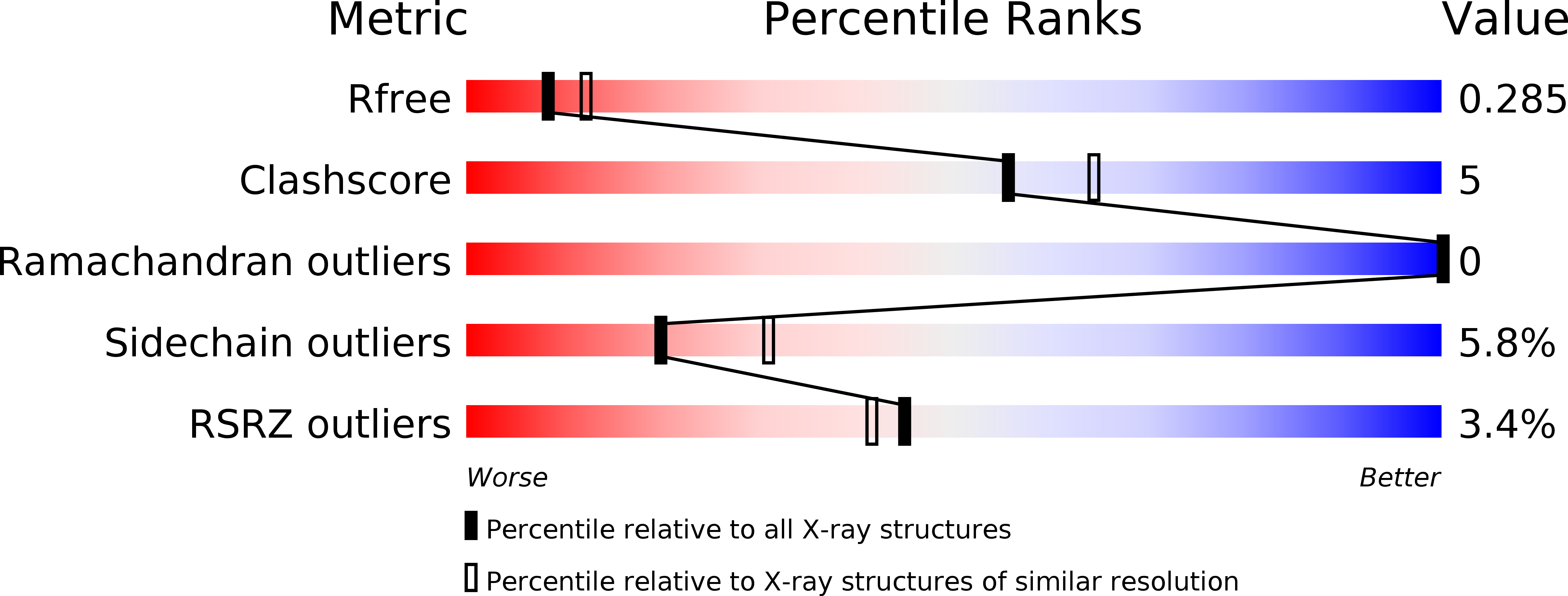
Deposition Date
2020-06-19
Release Date
2020-08-12
Last Version Date
2023-10-18
Entry Detail
PDB ID:
6XIH
Keywords:
Title:
Structure-guided optimization of a novel class of ASK1 inhibitors with increased sp3 character and an exquisite selectivity profile
Biological Source:
Source Organism:
Homo sapiens (Taxon ID: 9606)
Host Organism:
Method Details:
Experimental Method:
Resolution:
2.65 Å
R-Value Free:
0.29
R-Value Work:
0.22
R-Value Observed:
0.22
Space Group:
P 65 2 2


